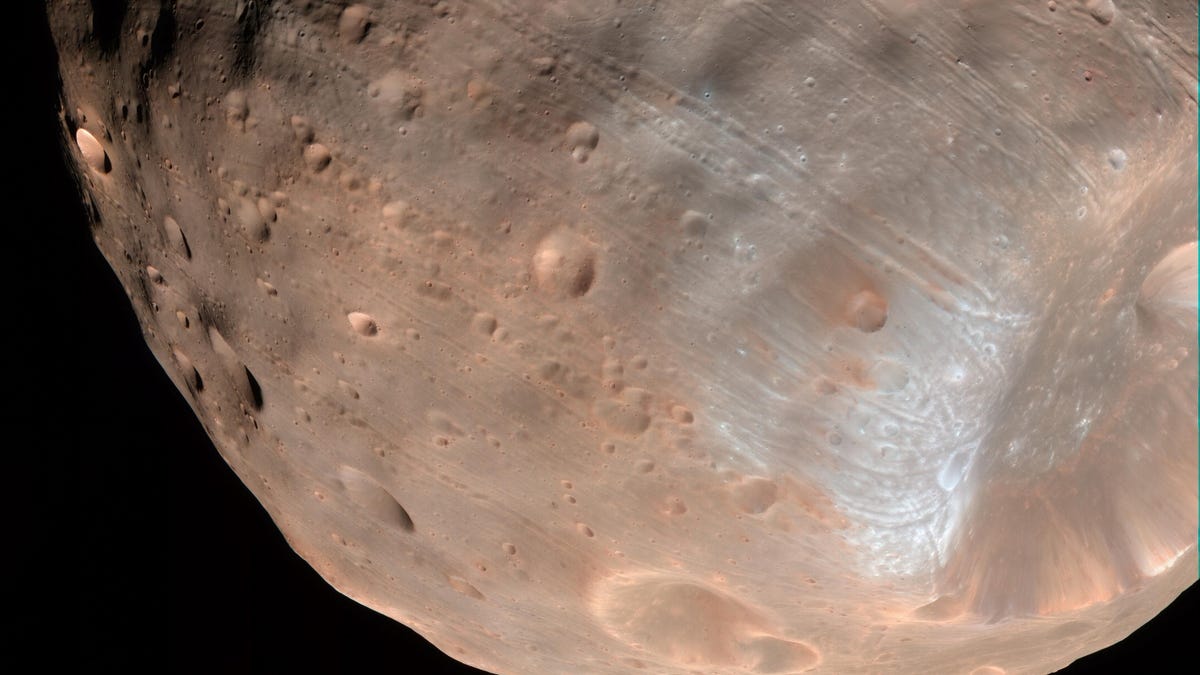NASA Mars rover captures two stunning solar eclipses
The Curiosity rover watched the moons of Mars take bites out of the sun.
We recently marveled at a Curiosity rover view of Mars moon Phobos dimming the lights on the Red Planet after sunset. NASA on Thursday shared a fresh look at that shadowy phenomenon from March 25 along with some dramatic GIFs of both Phobos and daintier Deimos passing in front of the sun.
Curiosity's mast-mounted camera is equipped with solar filters that act like eclipse glasses, so it can safely stare into the sun.
Mars moons are quite small, with Phobos measuring in at 7 miles (11.5 kilometers) across and Deimos at just 1.5 miles (2.3 kilometers) across. The Phobos eclipse occurred on March 26.
Look! 👀
— Curiosity Rover (@MarsCuriosity) April 4, 2019
Recently I saw the Martian moon Phobos eclipse the Sun. Check it out: https://t.co/pzPVOPdLZ9 pic.twitter.com/vO5zEUpt9T
Deimos' stroll in front of the sun took place on March 17.
I also spotted Mars' tiny moon Deimos cross in front of the Sun: https://t.co/pzPVOPdLZ9 pic.twitter.com/HnstCR0M68
— Curiosity Rover (@MarsCuriosity) April 4, 2019
The satellites both look like dark blobs traveling across a bright disk.
These observations help scientists better understand each moon's orbit around Mars. "There's still a margin of uncertainty in the orbits of both Martian moons, but that shrinks with every eclipse that's viewed from the Red Planet's surface," NASA says.
Curiosity has been exploring the surface of Mars since 2012, overcoming recent technical glitches and battered wheels along the way. Its sun-spotting exploits are a good sign the mission is still on a roll.


